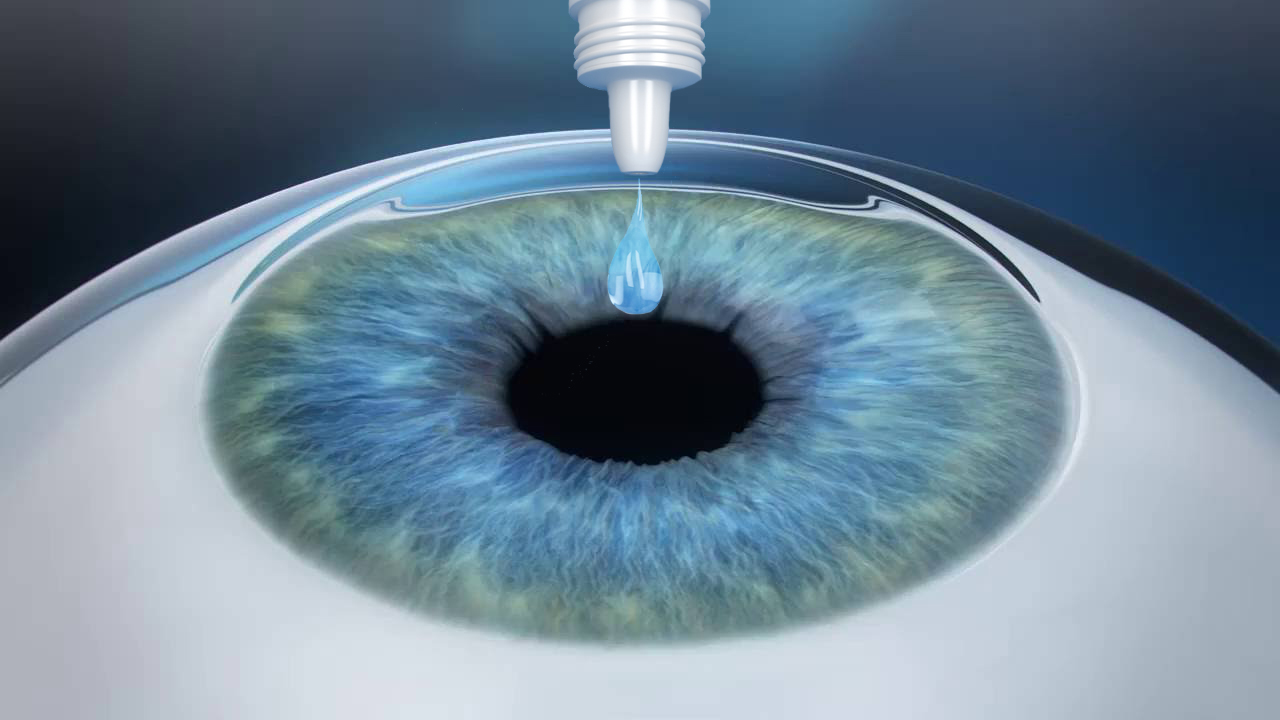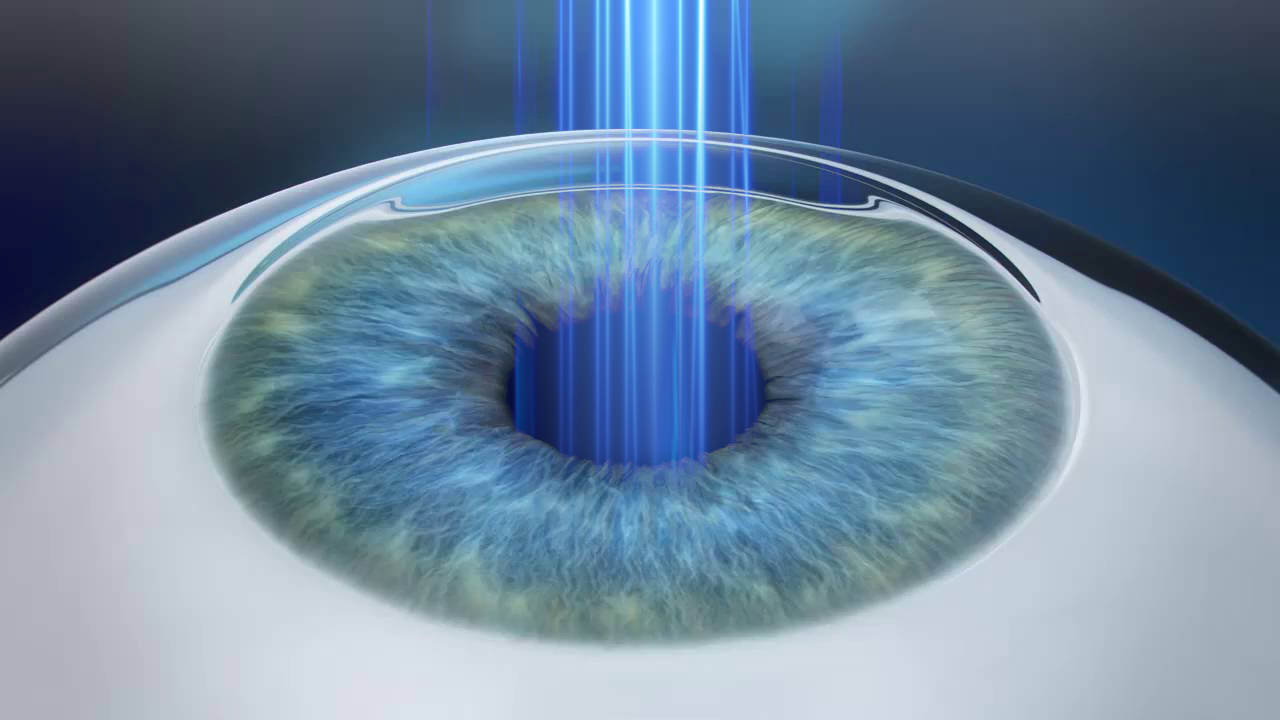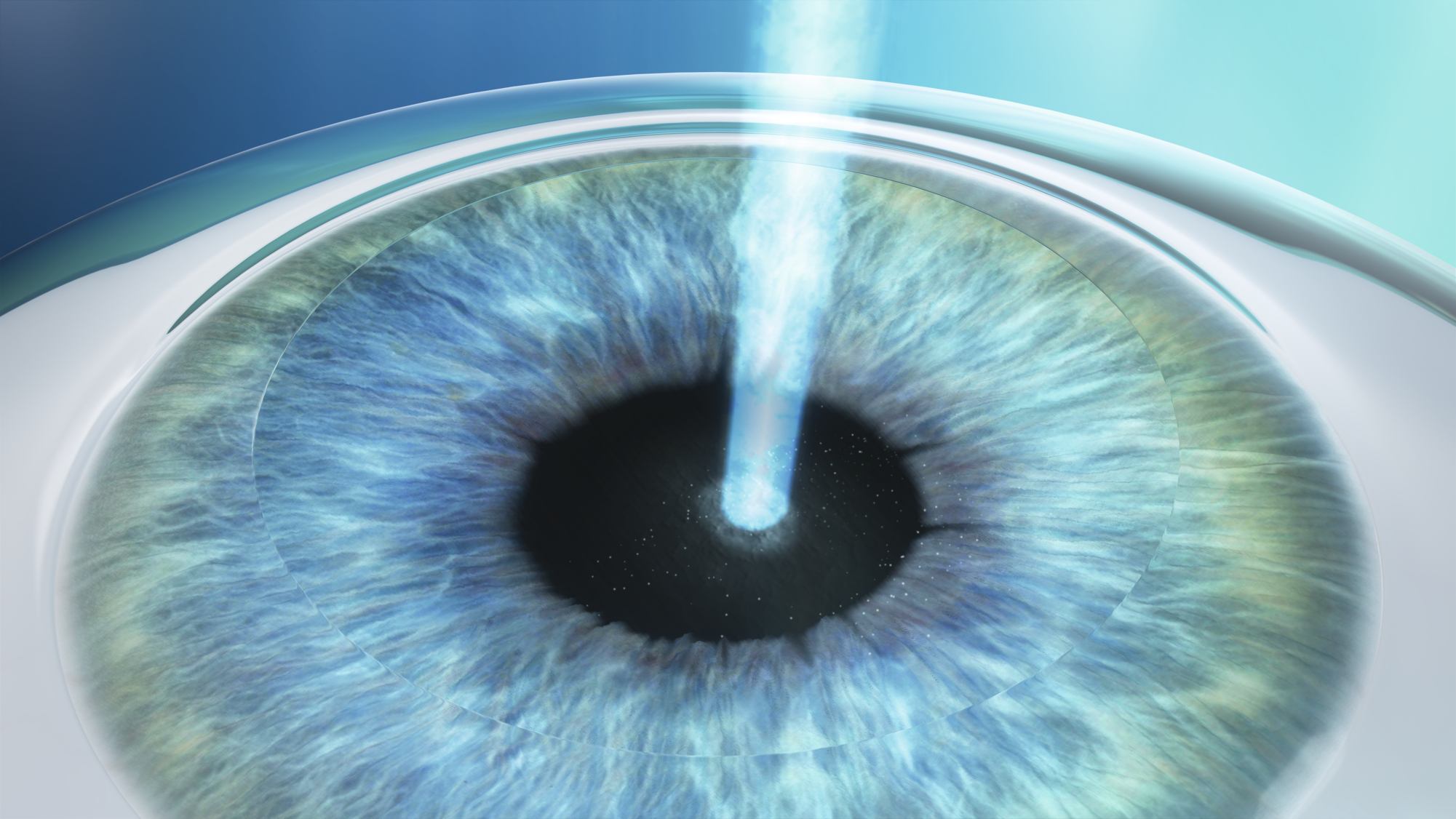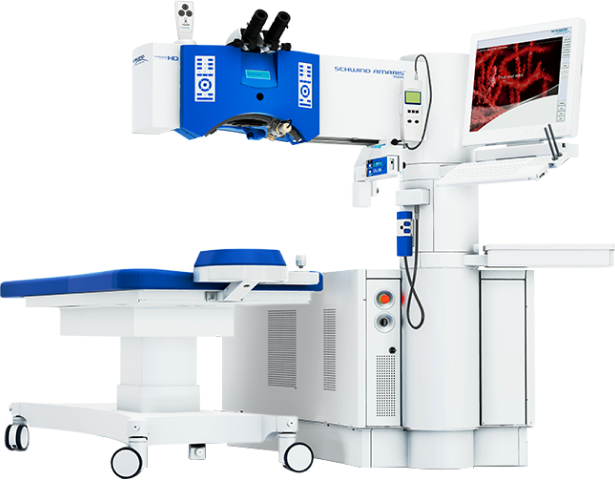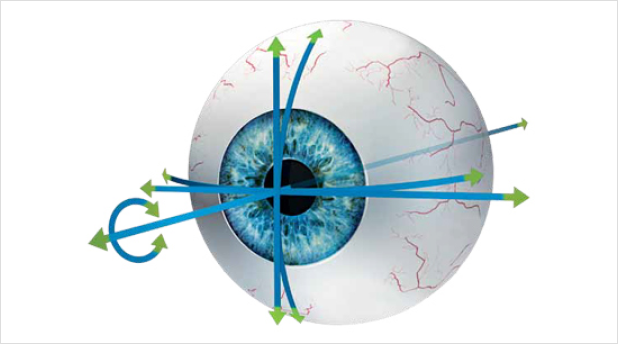

-
Sign up
- |
-
Find id/pw
-
-
SNS Login
-
회원님의 아이디는 ****입니다.

비밀번호 변경 완료
비밀번호 변경이 완료되었습니다.
새로운 비밀번호로 로그인해주세요.







